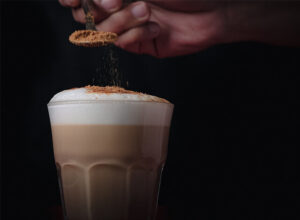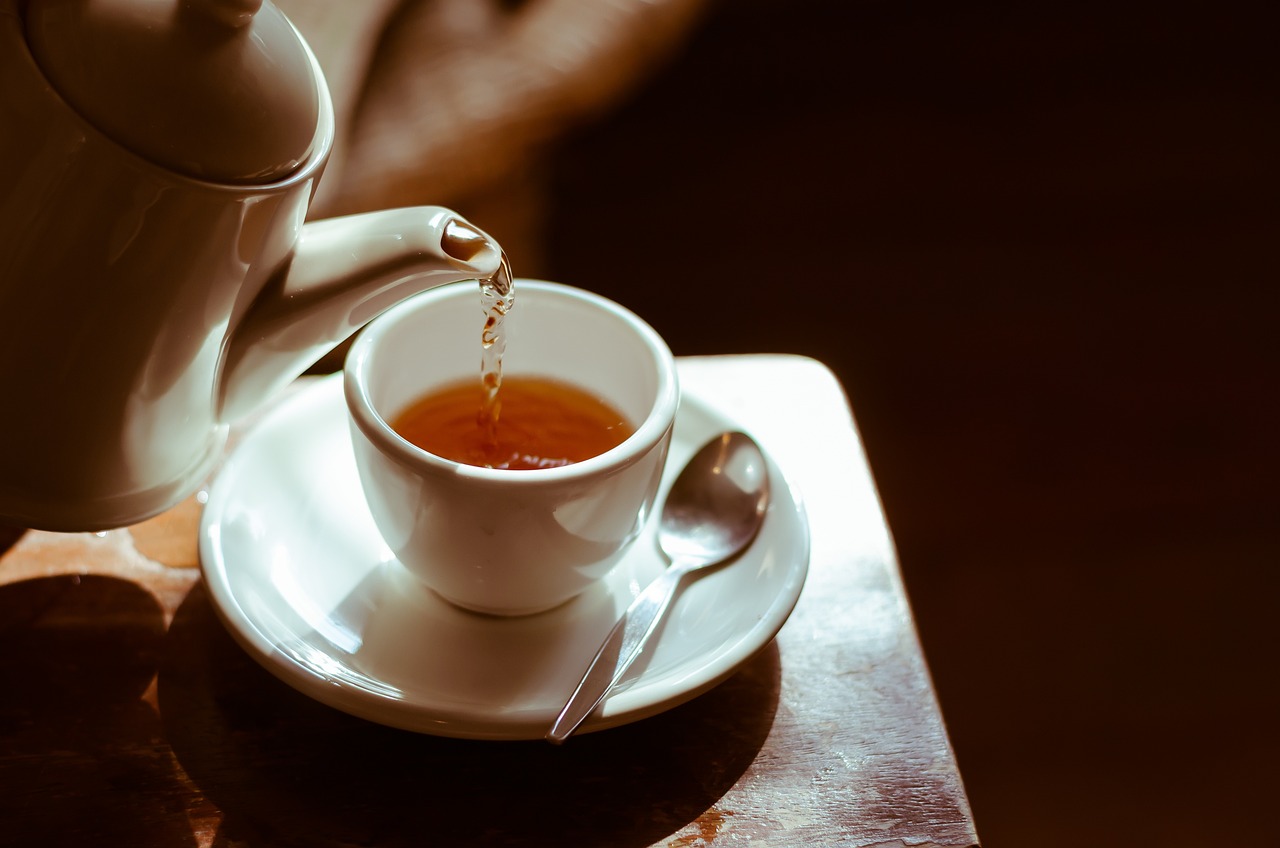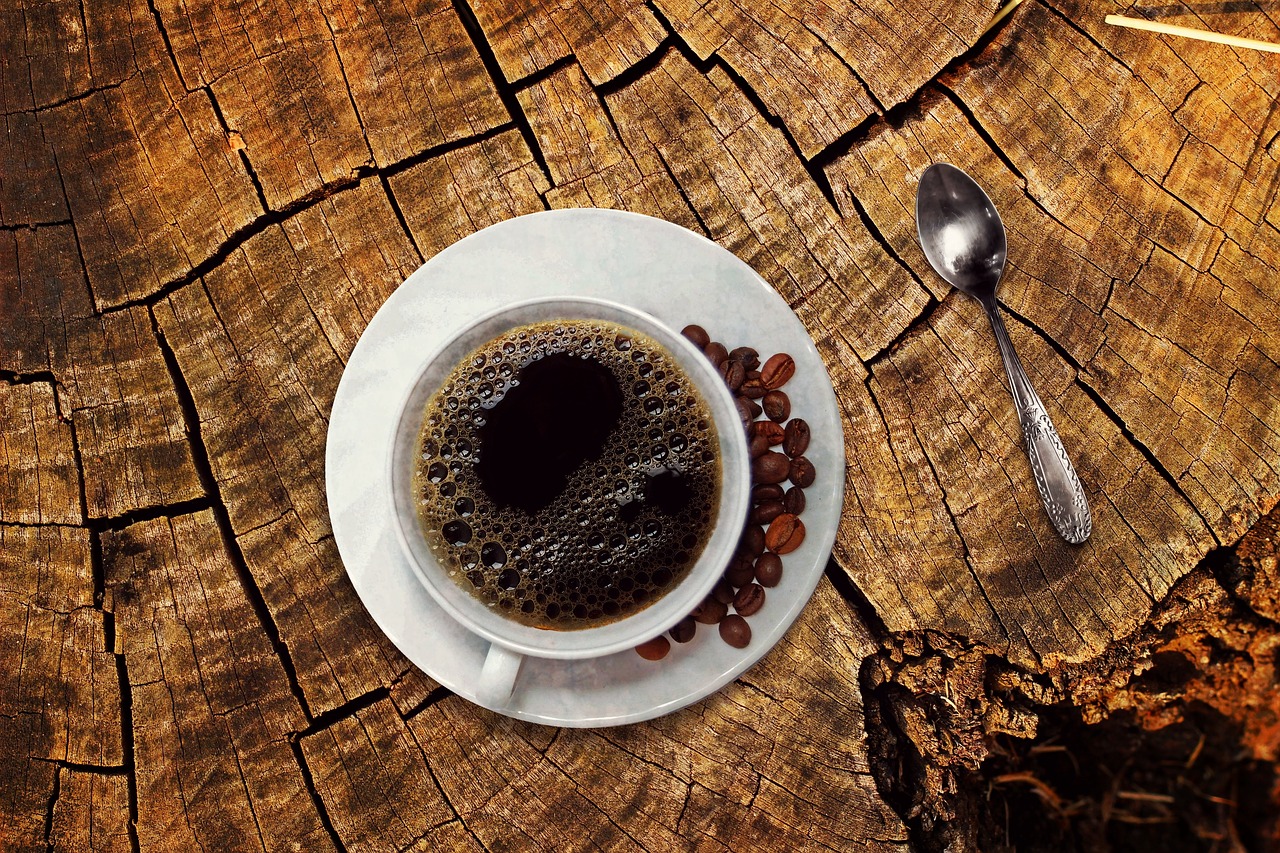Welcome to the world of coffee, where the aroma is an alarm clock and the first sip is a ritual. If you’ve ever found yourself standing in the coffee aisle, surprised by the array of beans and brewing gadgets, fear not. Brewing the perfect cup is an art, and today, we’re diving into the range of possibilities. From the classic cold brew to the innovative AeroPress, we’ll explore twelve coffee brewing methods that range from the tried-and-true to the “Wait, you can brew coffee with that?” So grab your favorite mug and let’s get on a journey through the delightful process of turning humble beans into a liquid masterpiece—one brewing method at a time.
-
French Press
In this classic method of preparing coffee, coarse coffee grounds steep in hot water before being separated by pressing a plunger through a mesh filter. It’s a simple yet effective way to brew a rich and robust cup of coffee, allowing for full immersion and extraction of flavors.
Ideal For:
Perfect for those who appreciate a full-bodied and flavorful coffee experience, and anyone seeking a fuss-free brewing method that doesn’t require complex equipment.
Pros Cons Rich flavor profile Sediment in the cup No need for filters Requires careful pouring Simple and portable Longer brew time compared to some methods for brewing coffee -
AeroPress
The AeroPress, a versatile coffee maker, employs a combination of immersion and pressure to produce a smooth and concentrated brew. Coffee enthusiasts appreciate its quick and efficient process of making a coffee, allowing for experimentation with various methods for brewing coffee and grind sizes.
Ideal For:
For on-the-go coffee lovers and those who appreciate a quick and customizable coffee making process. The AeroPress caters to individuals seeking a portable and adaptable solution, exploring different coffee making methods and coffee brewing techniques to find their preferred cup.
Pros Cons Fast brewing process Limited coffee volume per brew Portable and durable Requires manual effort Versatile applications Not ideal for large gatherings -
Cold Brew
Cold brew involves steeping coarsely ground coffee in cold water for an extended period, usually 12-24 hours. This slow extraction method of making coffee, results in a smooth, less acidic, and highly concentrated coffee concentrate that can be diluted with water or milk.
Ideal For:
This one’s for those who enjoy a mellow and refreshing coffee making process. Cold brew is ideal for individuals seeking a low-acid and versatile coffee option, especially during warm weather.
Pros Cons Smooth and less acidic flavor Longer brewing time Versatile – can be diluted Requires planning ahead Lower acidity for sensitive stomachs Special equipment may be needed -
Instant Coffee/Espresso
Instant coffee dissolves quickly in hot water, offering a convenient and swift coffee making process. Espresso, on the other hand, involves forcing hot water through finely-ground coffee under high pressure, resulting in a concentrated and bold shot.
Ideal For:
Ideal for individuals with time constraints or those seeking a quick caffeine fix. Instant coffee suits those who prioritize convenience, while espresso appeals to those craving a strong and intense method of preparing coffee.
Pros Cons Quick and convenient Limited flavor complexity Long shelf life for instant Espresso machines can be expensive Consistent flavor for instant Requires specialized equipment for espresso -
Chemex
The Chemex coffee making process involves placing a specially designed filter in a pour-over cone and adding coarsely ground coffee. Hot water is then poured over the coffee grounds, allowing for a slow and controlled extraction. The result is a clean, flavorful cup with a focus on clarity and brightness.
Ideal For:
Ideal for coffee enthusiasts who appreciate a clean and nuanced flavor profile. Also, for those who enjoy a slower, more involved method of preparing coffee and a visually appealing coffee-making experience.
Pros Cons Produces a clean cup Requires specific Chemex filters Elegant design and presentation Slower brewing process compared to some Allows for controlled pouring Large and fragile, not ideal for travel -
Moka Pot
The Moka pot, also known as a stovetop espresso maker, operates by passing boiling water pressurized by steam through ground coffee. This method results in strong, rich coffee like espresso, though not as concentrated.
Ideal For:
Perfect for those who enjoy a strong and intense coffee experience. The Moka pot is ideal for individuals who want an espresso-like brew without the need for an espresso machine.
Pros Cons Produces a strong and rich coffee Can be challenging to master the process Affordable and compact Requires attention during brewing No need for electricity or pods Not suitable for making larger quantities -
Espresso
Espresso machines force hot water through finely-ground coffee under high pressure, creating a concentrated and bold shot of coffee. The process emphasizes speed and precision, resulting in a rich and intense flavor that serves as the base for various coffee beverages like lattes and cappuccinos.
Ideal For:
This one’s for coffee enthusiasts who appreciate the intensity and versatility of espresso-based drinks. Ideal for individuals who enjoy a quick and customizable coffee experience, especially those with a preference for bold and concentrated flavors.
Pros Cons Produces a quick and strong shot Requires a learning curve for proper use Versatile for various coffee drinks Espresso machines can be expensive Convenient for home or commercial use Regular maintenance is necessary Also Read: Everything You Need to Know about Espresso
-
Siphon Brewers
Siphon brewers utilize vacuum and pressure to create a visually captivating coffee-making process. Water is heated in the bottom chamber, and as it rises, it mixes with coffee grounds. Once removed from heat, the brewed coffee is drawn back down through a filter, producing a clean and aromatic cup.
Ideal For:
This one’s perfect for those who appreciate a visually stunning and theatrical coffee preparation, and for those who savor the artistry of coffee-making.
Pros Cons Visually captivating brewing process Requires attention and precision Produces a clean and aromatic cup Learning curve for mastering the technique Unique and theatrical coffee experience Fragile components may require careful handling -
Percolator
Percolators operate by cycling boiling water through coffee grounds until the desired strength is achieved. Water is drawn up a tube and showers over the coffee, creating a continuous coffee making process. This results in a bold and robust cup of coffee, but it requires careful monitoring to avoid over-extraction.
Ideal For:
Ideal for those who enjoy a strong and traditional cup of coffee. Suitable for camping or large gatherings, the percolator is for individuals who appreciate a hands-on coffee preparation process.
Pros Cons Suitable for large gatherings Risk of over-extraction with prolonged brewing Robust and bold flavor Limited control over brewing variables Durable and suitable for camping May not suit those who prefer a more nuanced cup -
Kalita Wave Brewer
The Kalita Wave Brewer employs a flat-bottomed dripper and unique wave filters, promoting even extraction. Hot water is poured over the coffee grounds in a controlled manner, ensuring a balanced and flavorful brew. The design minimizes channeling, resulting in a clean and well-rounded cup.
Ideal For:
Ideal for coffee enthusiasts seeking a balanced and consistent brewing method. The Kalita Wave is suitable for those who appreciate a clean and nuanced flavor profile, and its flat-bottomed design makes it accessible for both beginners and experienced brewers.
Pros Cons Even extraction for balanced cups Requires specific Kalita Wave filters Beginner-friendly design Slightly slower brewing than some methods Consistent results Limited capacity for making large batches -
Clever Dripper Brewing
The Clever Dripper combines elements of immersion and pour-over brewing. Coffee grounds steep in hot water before a release valve is opened, allowing the brewed coffee to drain into the cup. This method offers control over steeping time and results in a clean and flavorful cup.
Ideal For:
Ideal for those who desire the control of pour-over brewing with the convenience of immersion. The Clever Dripper is suitable for individuals who appreciate a well-balanced and easily replicable coffee-making process.
Pros Cons Control over steeping time Requires specific filters Convenient and easy to use Limited capacity for making large batches Consistent results Not as visually captivating as some methods
Also Read: 10 Health Benefits of Black Coffee
Discover the perfect cup by exploring various coffee brewing methods. From the bold kick of espresso to the meticulous pour-over, each technique offers a unique flavor experience. Start your journey now—try different methods, adjust grind sizes, and find your ideal brew. The world of coffee is waiting for you to savor every sip.
Explore diverse varieties of coffee at AVT. From bold blends to unique single origins, discover your perfect cup. Elevate your coffee experience today. Your next favorite awaits – start exploring now!
ALSO READ: Health Benefits of Coffee
FAQs
-
What are the different methods of making coffee?
Various coffee-making methods include pour-over, French press, espresso, AeroPress, cold brew, percolator, Moka pot, siphon brewers, Chemex, Kalita Wave, Clever Dripper, and more. Each method influences flavor and strength, providing a diverse coffee preparation process to suit individual preferences.
-
What is the best method to brew coffee?
The best method to brew coffee depends on personal preference. Popular choices include pour-over, French press, and espresso. Experimenting with different coffee brewing techniques allows you to discover the best way to make coffee that suits your taste and brewing style.
-
What are the 4 fundamentals of brewing coffee?
The four fundamentals of brewing coffee are the coffee-to-water ratio, grind size, water quality, and brewing time. Mastering these crucial elements ensures a well-balanced and flavorful cup, laying the foundation for a satisfying coffee making process.
-
What are the 8 stages of brewing coffee?
The 8 stages of brewing coffee encompass selecting beans, grinding, measuring, water heating, blooming, brewing, pouring, and finally, enjoying. Each stage plays a vital role in crafting a perfect cup, highlighting the intricate method of preparing coffee to enhance flavor and aroma.
-
What is the healthiest way to drink coffee?
The healthiest way to drink coffee is black, without added sugars or excessive cream. This minimalist approach preserves the beverage’s natural benefits and antioxidants, ensuring a simple and wholesome coffee preparation process.








